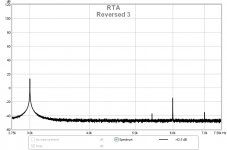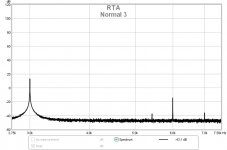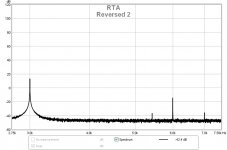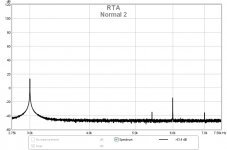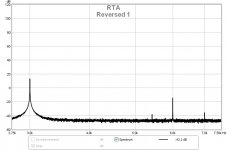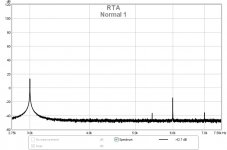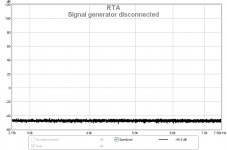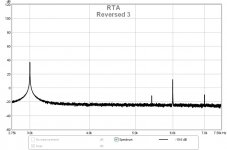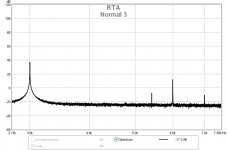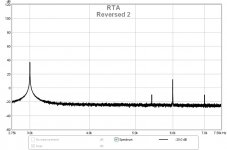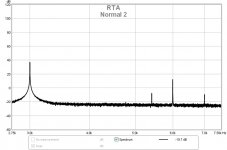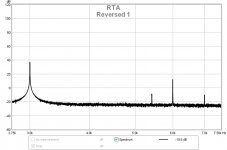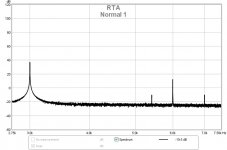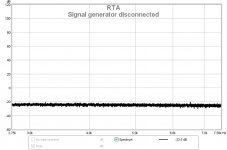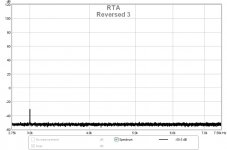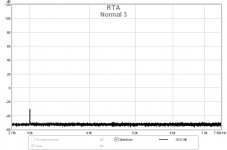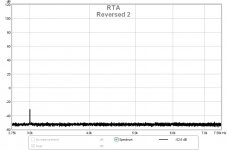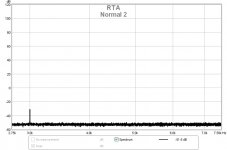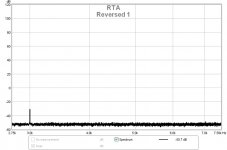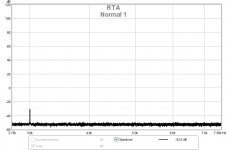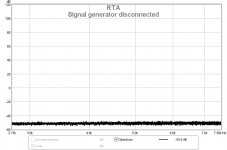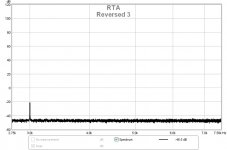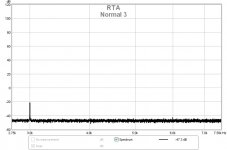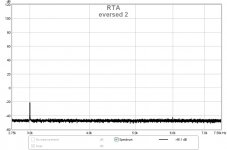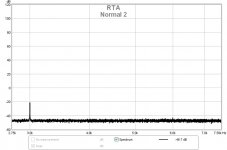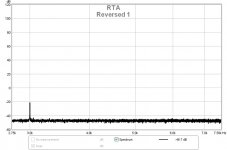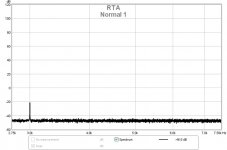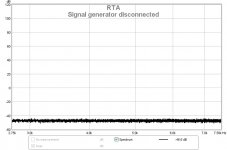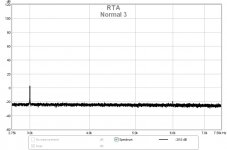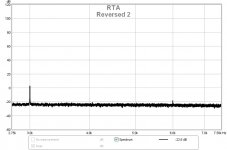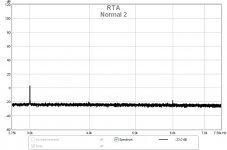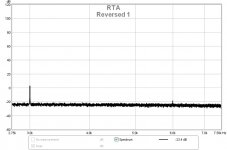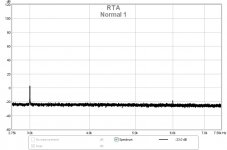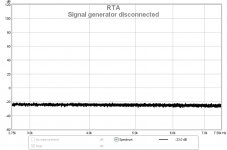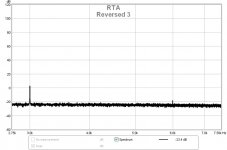Those great RCA connectors are a big issue. With oxidized metal (copper, etc) used the issue comes from when the current passes from wire thru the connector contact point(s).--- I got it. But it does depend on the connection/connectors used with the cable and equipment connectors, too.
🙂
THx-RNMarsh
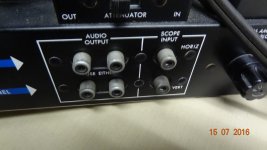
Corroded/oxidized connector contact.
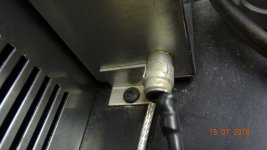
Oxidized copper (and other metals) contact will create a diode junction - if the signal has to pass thu it, distortion can be produced.
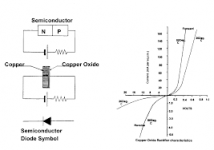
With oxidized wire, only, the oxide layer will attenuate HF portion of the signal. This is what we normally have. Silver plated copper will do better (and some say it sounds brighter in comparison) - until the silver oxidizes.
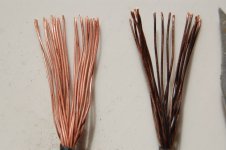
There is a LOT of information in this area. There is whole book devoted to copper. A sample might be this - View attachment CopperOxide.pdf
The contacts and wire and pcb traces must be oxide free and not left to get worse and worse over time. Cleaning off the oxide might be done periodically, gold plating will help in some places (pcb) and on better RCA connectors --- tight (air tight contact) and hard gold plating is needed. That just leaves the wiring/cable itself.
You wouldnt measure distortion just going thru the wire with oxide layer.... but if you have to go thru the oxide layer to another (eg. connector contacts), better make it an oxide free connection.
THx-RNMarsh
Last edited:
It seems to be about 90% connectors it is the rest where it gets interesting.
Well, why you haven’t said that from the start? 🙂
I can’t get any clue with this damn BNC to BNC cable.
I had that feeling that this will go nowhere while I was doing the (hundred plus) resistance measurements.
BNC connections give very repeatable results.
All those FFTs within each measurement set look the same to me.
I will do some more tests today (wav. recordings for further analysis).
Now, 1Vrms generator out, Instrumentation amplifier gain X1
George
Attachments
-
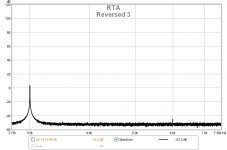 7 Reversed 3.jpg56.4 KB · Views: 70
7 Reversed 3.jpg56.4 KB · Views: 70 -
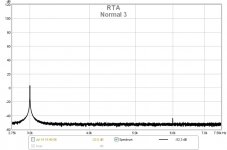 6 Normal 3.jpg56.3 KB · Views: 64
6 Normal 3.jpg56.3 KB · Views: 64 -
 5 Reversed 2.jpg56.7 KB · Views: 66
5 Reversed 2.jpg56.7 KB · Views: 66 -
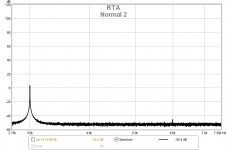 4 Normal 2.jpg56.3 KB · Views: 181
4 Normal 2.jpg56.3 KB · Views: 181 -
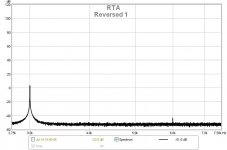 3 Reversed 1.jpg35.6 KB · Views: 177
3 Reversed 1.jpg35.6 KB · Views: 177 -
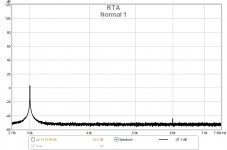 2 Normal 1.jpg56.3 KB · Views: 177
2 Normal 1.jpg56.3 KB · Views: 177 -
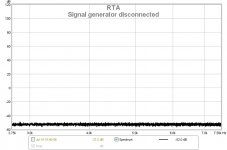 1 Signal generator disconnected.jpg58.8 KB · Views: 176
1 Signal generator disconnected.jpg58.8 KB · Views: 176 -
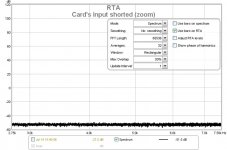 0 Card's input shorted z9zoom).jpg80 KB · Views: 183
0 Card's input shorted z9zoom).jpg80 KB · Views: 183
1Vrms generator out, Instrumentation amplifier gain X53
George
George
Attachments
1Vrms generator out, Instrumentation amplifier gain X1050
George
George
Attachments
18.72mVrms generator out, Instrumentation amplifier gain X1
George
George
Attachments
18.72mVrms generator out, Instrumentation amplifier gain X53
George
George
Attachments
18.72mVrms generator out, Instrumentation amplifier gain X1050
End of 'data' for today🙂
George
End of 'data' for today🙂
George
Attachments
There are two kinds of countries in the world, those that use the metric system, and those that have been to the moon.
All good fortune,
Chris
Metric system on the Moon? There you go 😉
https://en.wikipedia.org/wiki/Lunokhod_programme
https://en.wikipedia.org/wiki/Lunokhod_2
18.72mVrms generator out, Instrumentation amplifier gain X1050
End of 'data' for today🙂
George
George
Great work. I sent you a PM.
Thanks
ES.
I find that such cable is quite strongly directional, with the subjective result being differing depth imaging and perceived distortions according to the interconnecting cable direction. PM me for more.
The advantage of this assertion is that it is immune to ABX testing.
With oxidized wire, only, the oxide layer will attenuate HF portion of the signal. This is what we normally have. Silver plated copper will do better (and some say it sounds brighter in comparison) - until the silver oxidizes.
I'm surprised you would repeat this nonsense.
If i ask someone how much cm3 there s in a m3 the answer is straightfowardly 0.000001m3, for how much cubic inches in a cubic foot the answer provided by SY is 1/12^3, in one case the number can be directly computed while in the imperial "system" the answer cant be computed instantly, unless you can answer as fast that it s 0.0005787037037.
Your way of thinking about this is a bit one sided. I have been doing work while in the US using imperial, and once you get the trick, it actually is quite a handy system to design and build stuff in. It all just multiples and fractions in stead of the straightforward approach of metric; it is log scale versus linear. In some ways imperial can be more intuitive.
I'm surprised you would repeat this nonsense.
Actually I use 11 gauge for woofers but only 14 gauge for tweeters. 10 gauge under some versions of electrical code must be in conduit and it also is too thick to fit it the industry standard Neutrik loudspeaker connector. I get away with 14 gauge because of skin effect and it costs half as much.
Now silver oxide is actually also a good conductor it is the silver sulfite that is not. There is a patent on using lower conductance coatings on wires to act as filters.
RNM I PM'd you!
And of course blanket statements are always wrong! 🙂
And of course blanket statements are always wrong! 🙂
Some say silver sounds bright and lead sounds dull. Yawn.
It exhibits some resistance to semantic analysis too.vacuphile said:The advantage of this assertion is that it is immune to ABX testing.
Plain new copper gives a slightly 'brassy' effect to the sound at first, but it soon sounds dull. Aluminium wires, of course, put an almost invisible sheen over the sound which protects it from further degradation. Potato interconnects, of course, give synergistic energy with spud amps.RNMarsh said:Silver plated copper will do better (and some say it sounds brighter in comparison)
I'm surprised you would repeat this nonsense.
Agreed that there are too many claims out there contrary to well established science. However, if somebody measures a directional effect, there is apparently directionality somewhere, perhaps in the measurement apparatus or test setup. Either that, or there is a statistical sampling effect, where perhaps the experimenter discards more random looking datasets, and attributes meaning to the less random looking ones.
Some say silver sounds bright and lead sounds dull. Yawn.
There certainly is truth to that ask any metalsmith. As to the use in wires there are folks who perceive a difference between copper and silver. So you can choose to ignore the noise or see if there is a measurable difference that would account for such perceptions.
It could be that dwarves work the silver wire!
Last edited:
I notice a lot of "mental calculation" mixed with imagination plus specific claims.
What "someone" can see or hear is absolutely scientific proof. 🙂
I can accept all this imaginations, UFO or micro(or nano)rectifiers, but why involving science, measurements...🙂
What "someone" can see or hear is absolutely scientific proof. 🙂
I can accept all this imaginations, UFO or micro(or nano)rectifiers, but why involving science, measurements...🙂
- Status
- Not open for further replies.
- Home
- Member Areas
- The Lounge
- John Curl's Blowtorch preamplifier part II
